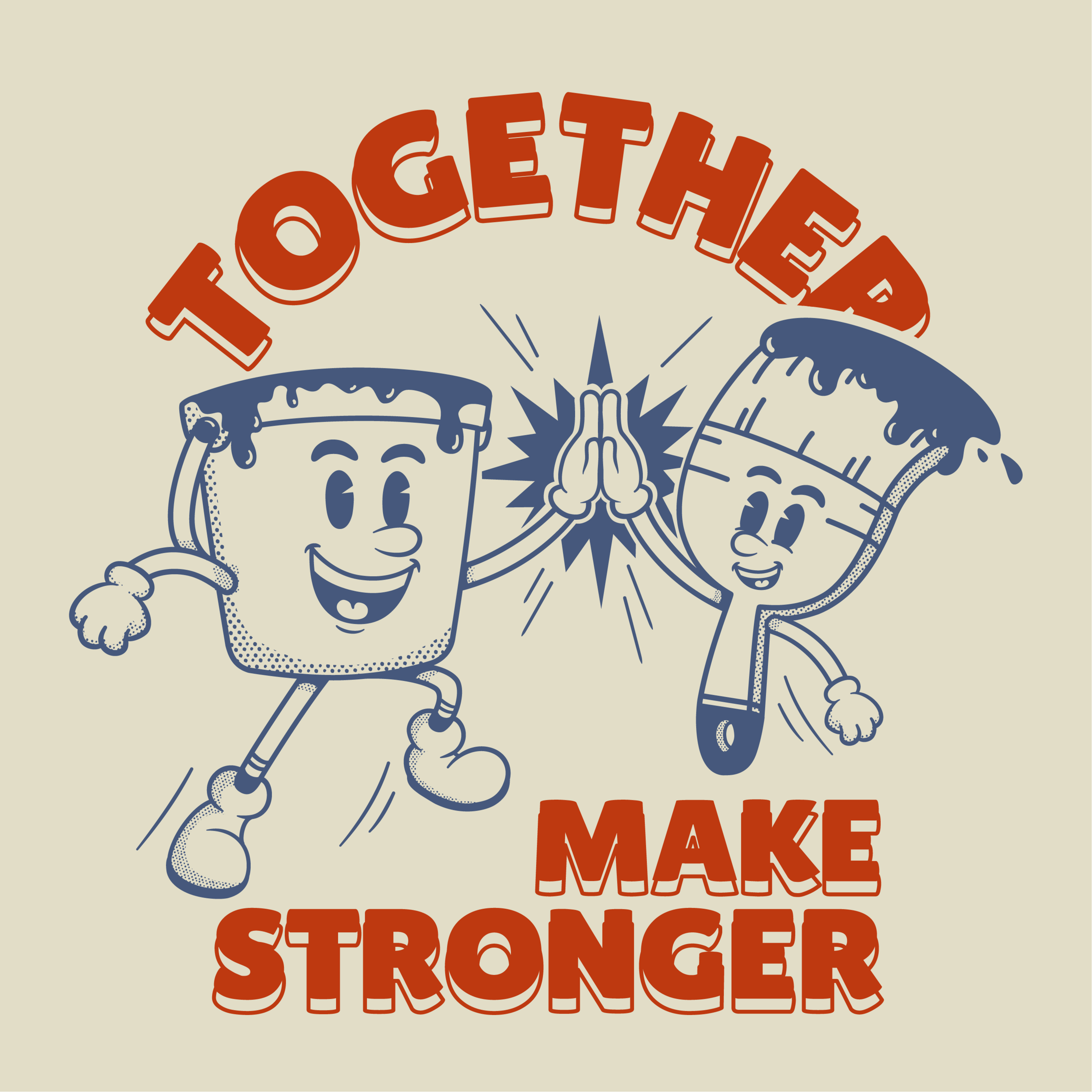Press releases sometimes feel like relics from a simpler, more innocent time. Much like fax machines, most people are aware they continue to exist. What’s less clear: who actually uses these things in 2025? And for what purpose?
The answer(s) might come as a surprise. Because unlike fax machines, press releases continue to be a useful tool for organizations of many sizes and sectors.
For publicly listed companies, for example, regular press releases are (literally) mandated by law. And their subject matter is often (figuratively) unreadable, as if they were written for the express purpose of making you lose interest in seeing that company’s name ever again.
Those are not the kind of press releases we’re talking about here.
This guide is aimed at the types of organizations PSE typically works with: small-to-midsize nonprofits, startups, and creative businesses. If you’re reading this newsletter, that probably describes you. (And if not, thanks for opening anyway! There are some interesting/funny/useful links if you keep scrolling down!)
Obviously, “CEO Is Good-Looking, Smart; Plans to Have Sandwich for Lunch” isn’t newsworthy under any circumstances. Our advice is meant to help with more borderline-type cases.
Just get to the good part!
As mentioned above, the impact of your press release depends in large part on the quality of the service that publishes them. There’s no shortage of free services like PRLog and OpenPR, or established ones like Cision and Newswire.
We’ve seen the best results from BusinessWire, though since we don’t get anything from recommending them, we encourage you to follow your heart.
Because the last word is rarely the end of the conversation.
Much like penguins, we enjoy bringing you little gifts to show we care:
Move over, penguins! Orcas are bringing gifts of food to scientists… though nobody’s sure why.
The Accelerated Cure Project for Multiple Sclerosis is hiring a Director of Marketing and Communications: $95,000-$100,00 per year, fully remote, lots of benefits (including 401k with employer contribution).
As streaming services get shittier and more expensive, could the future of movies be… IMAX? (That’s probably too glib, but it points to interesting trends in our collective experience of culture).
Here’s what one of us is currently reading:

A History of the Arab Peoples - Albert Hourani
“One of the reasons for the flowering of Andalus may have been the mixture of peoples, languages, and cultures. At least five languages were used there. Two were colloquial, the distinctive Andalusian Arabic and the Romance dialect which was later to develop into Spanish; both of these were used in varying degrees by Muslims, Christians, and Jews. There were also three written languages: classical Arabic, Latin, and Hebrew.”
We’ve written before about our fondness for books that span centuries and continents, weaving epic narrative tapestries that help explain why our world is the way it is today (bonus points if the topic tends to be dimly understood in the popular Western imagination; extra bonus points if the book is illustrated with beautiful photos). A History of the Arab Peoples is a prime example of this genre.
Hourani’s book covers a staggering variety of cultures, countries, and ideas—almost none of which are familiar to most readers in the United States. That’s part of the book’s appeal. While its format puts the history-enthusiast at ease (it’s a perfect “read half a chapter per night for two months” kind of book), the content itself is intellectually invigorating. You’ll always get a jolt of excitement picking it up again, regardless of how many times you’ve put it down.
That’s because A History of the Arab Peoples explains so much about a topic that is both relevant and unfamiliar to Westerners. If you’ve ever visited the south of Spain and marveled at the Alhambra of Granada, or been puzzled by a news article’s reference to the Sunni-Shia split, or wondered why the name “Ibn Battuta” is often linked to Marco Polo, this book will surprise and delight you.

If the 2010s were an era of diversity in media, the 2020s are one of consolidation. This presents obvious challenges when trying to get small or medium organizations mentioned in the news. Success depends on riding the waves that already exist, instead of trying to make new ones.
Press releases sometimes feel like relics from a simpler, more innocent time. Much like fax machines, most people are aware they continue to exist. What’s less clear: who actually uses these things in 2025? And for what purpose?

The ability to not sound like you were just lobotomized by a team of nonprofit execs with MBAs has become a way to stand out. It's “riskier” in a sense, because it’s easier for people to tell what you’re actually saying—and potentially criticize it. On the other hand, nobody’s listening to the jargon jockeys anymore.

When we founded this agency last year, we had a pretty straightforward idea of how we’d run our business: do good work with our own hands, communicate honestly, and treat people fairly. We thought this would be the simplest path to earn a decent living and contribute something to human society. After a year of this experiment, here’s what we’ve found...

Working with people you think are interesting is good for your own personal and career growth. If their ideas are good enough to work on for free, someone will eventually pay them for that, and you’ll have forged a professional relationship—or better, a friendship—with someone smart.

There’s nothing wrong with media outlets exploring new revenue streams, and newsrooms are always fluctuating in size. But outlets can only hollow out their core product so much before it collapses entirely, and a growing number of media organizations seem to be reaching that point now. Live events are not going to save them.
Comms agencies that are good at their work tend to be curious and resourceful. We can’t pretend to be ignorant about the people and products we’re telling the public to trust. In all but the rarest cases, the agency knows what it wants to know. Business is never as pure or idealistic as we might want it to be. It does have ethical boundaries, though, and these are especially important at inflection points like the one we’re in now.
We humans like to explore for exploring’s sake. We’re pleased when we find an unexpected beautiful thing, and we feel a sense of satisfaction when we “discover” something that’s not immediately obvious to the casual observer. People want to spend time in environments where these opportunities are available—which is something to consider when building (or updating) your website.
Nonprofits shouldn't have to beg for funding to provide vital services. But with federal funding suddenly scarce—and thousands of organizations scrambling to attract attention from the big donors that remain—a new kind of comms strategy is needed.

The platform doesn't drive traffic to your site. The ads don't convert. And these days most of the "engagement" comes from spam bots or virulent bigots. It's time to move on from Twitter—but to where?
Everybody loves talking about the importance of "storytelling" for building your organization's name recognition. And it really can work—but it requires more planning and effort than firing off the occasional blog post or Instagram post.

If your nonprofit or small business has a clear message to share about a concrete goal it wants to achieve, video can do that better than any other medium—if it's done right.

Today, even a glowing review in the New York Times doesn't move the needle that much. Getting people's attention takes a more creative approach. And it all hinges around owning the means of (content) production.

In the inaugural issue of A Better Way to Say That, we explore important questions like why does this newsletter exist? and why does PSE exist, for that matter? We also share a roundup of exciting new book launches, events, and job postings—along with perhaps the most effective fundraising email ever written. As far as business-y newsletters go, it's a fun read!


